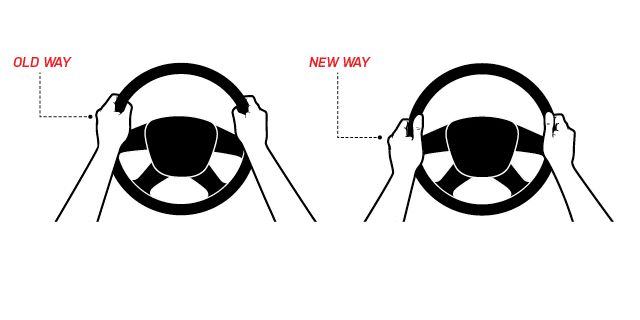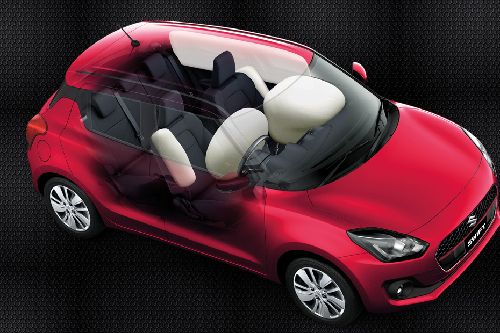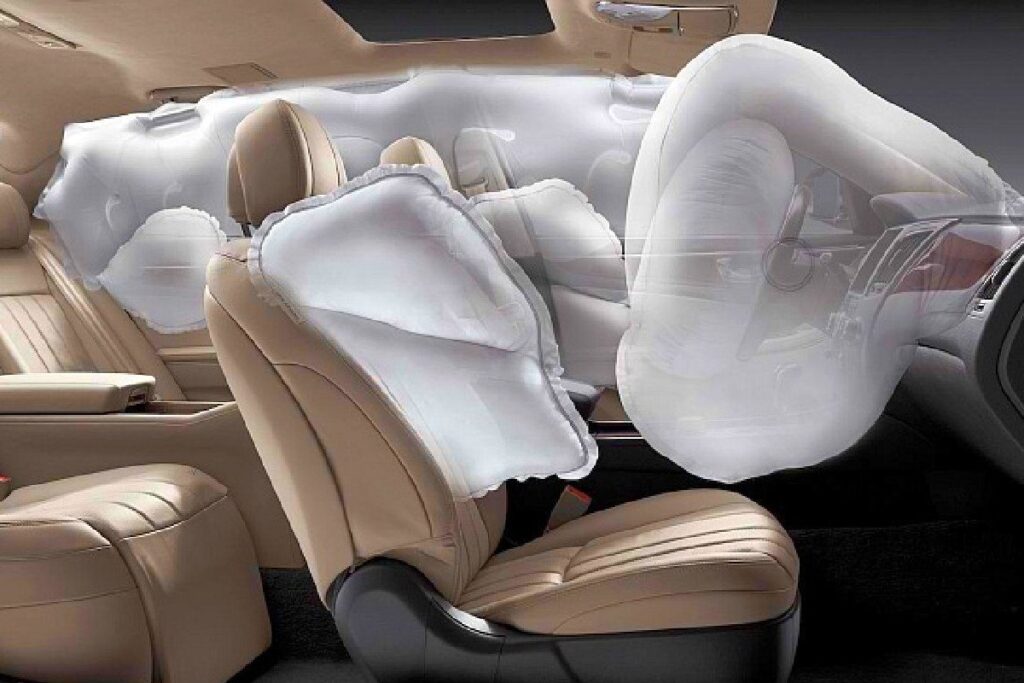If you started driving during the 90s, before airbags were common, it’s likely that the driving instructor’s “hands at 10 and 2” command still influences the way you grasp the steering wheel. It remains a popular misconception, but there’s a safer way to grip the wheel. The recommended position of your hands is now at 9 and 3 o’clock, with the thumbs placed along the rim rather than looping around it.
In the event of an accident, the force of airbag deployment can send hands at the top of the wheel into your head or even break thumbs. Also never rest your hand on the hub of the steering wheel or use an underhand grip while turning—you may end up with a broken arm in an accident, God forbid.
Here are some guidelines on what to do with the steering wheel, and what not to do:
- As mentioned earlier the best and most recommended way in this day & age to hold the steering wheel for general driving is with your hands placed at the 9 and 3 position (assuming if your steering wheel was a clock face). It allows you to turn the wheel most effectively and is the safest position if the airbag were to deploy. Many modern steering wheels even have thumb and finger grips to encourage you to hold the wheel in this position.

- Holding the wheel at the 10 and 2 position used to be routinely recommended, but that was before the advent of airbags. Holding the wheel in this position could be deadly in the event of a crash, and hugely increases the possibility of injury caused by the deployment of the airbag.
- Ensure you are sitting comfortably behind the steering wheel. If you extend your arm without lifting your shoulder from the cushion, your wrist should rest on the top of the wheel. You should not be sitting closer than 25cm (10 inches if you prefer) from the steering wheel hub.
- Once seated comfortably, adjust the headrest and mirrors (inside and out) to suit your height. Adjust the steering wheel, you should be able to clearly see both side mirrors, rotate your head to check out any blind spots and have an unobstructed view through the windshield. Your external mirrors should show you what’s in the other lanes, not the side of your own car.
- As you steer your vehicle, your hands should remain on the wheel at all times (unless you are driving a manual, in which case you’ll need to remove your left hand to change gears, but return your left hand to the wheel as soon as the gear change has been completed). The push-and-pull method allows you to safely rotate the steering wheel with both hands in contact. For example, for a right turn, you push the steering wheel in a clockwise motion with your left hand while simultaneously pulling the wheel in a clockwise direction with your right hand.
Some bad habits to avoid:
- The steering wheel is not an armrest. Don’t drape your hand or forearm over the top of the wheel. Apart from reducing your control, it contorts your body into an unnatural position, further reducing your ability to react.
- Don’t hold the wheel in any position other than 9 and 3. Holding the wheel with one of both hands in the upper quadrant severely reduces your ability to control your vehicle.
- Don’t grab the wheel from behind (with the back of your hand facing forward and your fingers pointing back at you). Some drivers use this grip when making a turn. If the airbag were to deploy, the consequences could be very serious and in a collision your arm could be stuck and badly injured.

- Don’t use the heel of your palm to turn the wheel. Such a technique offers minimal steering wheel control, and if the front wheels were to hit an obstacle, you have no ability to stop the steering wheel spinning out of your control. The same applies to driving with one hand, your fingertips or, even worse, with your knees.
- If you are driving a manual vehicle, don’t rest your left hand on the gear-lever. Once you have made the change, return your left hand to the steering wheel as quickly as possible.
- Don’t let your passengers rest their feet on the dashboard. Apart from having to clean the dashboard later, if the airbag deploys, they could suffer serious injuries.
Ironically even in the 21st century most of the cars assembled in our country aren’t equipped with Airbags, however If you are driving an imported vehicle or a car that’s equipped with the airbags you should need to understand exactly what airbags are designed to do as well as their limitations.
Holding your steering wheel the correct way is equally important for your own safety, as well as for the airbags in your vehicle to work properly whenever needed. But even if you drive a vehicle that has no airbags, do try to adapt the modern ‘9 and 3’ position of holding the steering wheel.

A computer animation professional with over 23 years of industry experience having served in leading organizations, TV channels & production facilities in Pakistan. An avid car enthusiast and petrolhead with an affection to deliver quality content to help shape opinions. Formerly written for PakWheels as well as major publications including Dawn. Founder of CarSpiritPK.com






